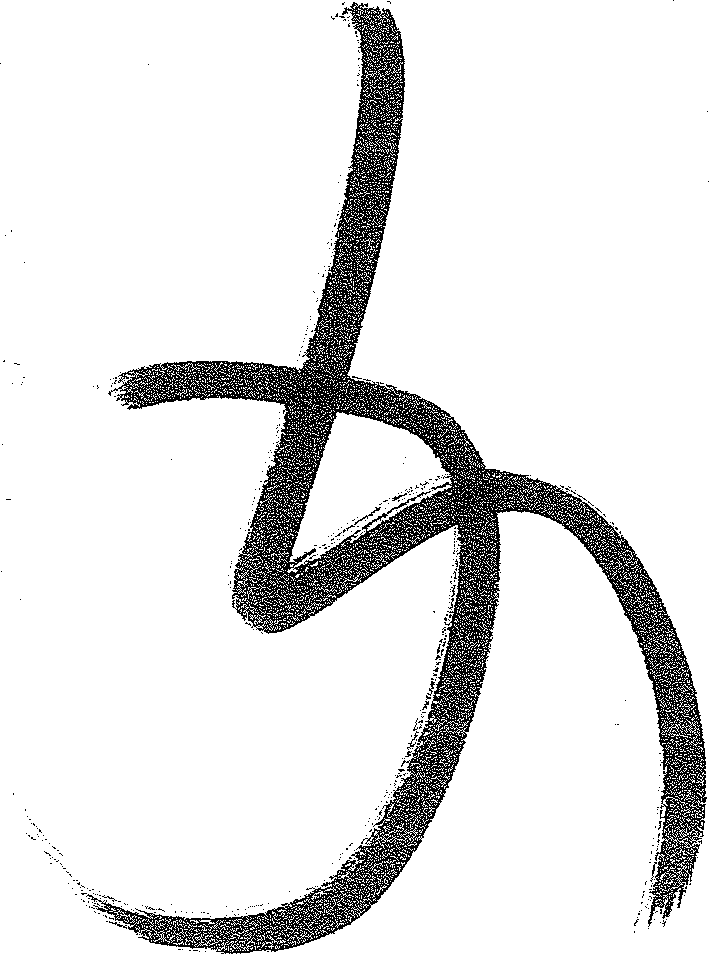Krieg dem Krieg 2008
The slogan "War on war" sounds blunt at first, and one has to fear that this is a simplistic declaration for a good cause. But if it were so, this would hardly be art. Art does not copy slogans, but reflects - in an artistic mode - on them, reveals their paradoxes instead of flag waving. And for this, that slogan offers a rich menu on second sight. "War on war" expresses a peculiarly self-referential (or "recursive") attitude and opens up questions: Can there be a war on war? What does a war's war on itself lead to? Does this cancel out the war or is it perpetuated? What "other" is there in the face of war?
Against this backdrop the musically-staged fantasy carrying this piece was developed. The fantasy transforms the topic into a study on two fundamental attitudes. The first attitude, relishing, agressive, active, sets in motion a game which return echos and mirror imafes to the acting I. The game more and more takes on a life of its own, until its processes turn into a kind of machine, which does not anymore require the originally acting person to run. The "left over" player turns away, changes modes, "for himself" he makes new sounds, structures which relate to the (continued) machine, asking new question ...
Based on a concept, the piece develops material in the interaction between trumbone and live electronics. The spatial arrangement is vital: The trombonist stands in the centre of the room; surrounding him is a circle of five microphones, in their extension are five speakers. A sixth microphone is unused in the beginning and only makes and appearance later, in the stage of turning away, without a speaker as counterpart.
